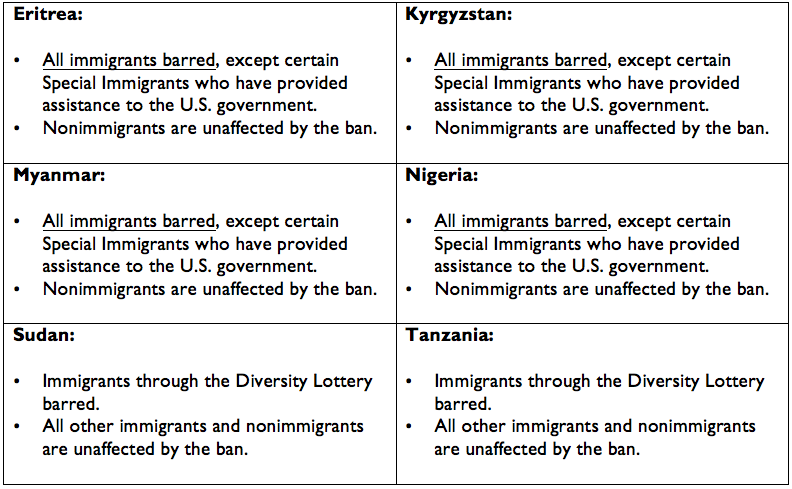On February 24, 2020, the administration’s new “public charge” regulation took effect, even though its legality is still being legally challenged.
As explained previously, the impact of the new rule will divide families by falling most heavily on intending immigrant immediate family members of U.S. citizens and permanent residents. It will also affect those selected to apply to immigrate through the Diversity Visa Lottery. These two populations are likely to see a dramatic increase in immigrant visa and permanent residency denials.
But the rule also applies to anyone requesting an initial nonimmigrant (temporary) visa or admission as a nonimmigrant, as well as to those immigrating through their employment. As a practical matter, none of these latter categories are likely to see increases in “public charge” denials. That does not mean that the new public charge rule won’t affect them, however.
Nonimmigrants and immigrants alike to whom the rule applies will have to answer questions about past public benefits receipt, despite their ineligibility for the benefits at issue in most cases. For nonimmigrants, these questions will be a nuisance, but not overly burdensome.
However, immigrants, even those immigrating through employment, will now have to answer detailed questions to prove their ability to be self-sufficient. If they are applying for residency from inside the U.S., they will need to complete the new 18 page USCIS form I-944, and provide documentation not only of their own, but also of their household members’ income, taxes paid, health insurance coverage, credit reports, assets, debts and liabilities (including credit card debt). They will also have to list their employment and educational history, even if already provided previously, and document their language proficiency in English and any other languages. Immigrants applying for an immigrant visa at a U.S. consulate abroad will have to complete the new 4 page DS-5540 form and provide information about health insurance coverage, educational history, income, tax filings, assets and liabilities, but will not have to provide as many documents as those inside the U.S. must.
The new questions, forms, and documentation requirements will substantially increase the time and expense involved in preparing the paperwork for nonimmigrant or immigrant visa issuance abroad, or for immigrant applications in the U.S. The I-944 form is particularly daunting, with 15 pages of instructions that could confuse many, especially those navigating the process without legal representation.
Estimates are that new rule will lower legal immigration by hundreds of thousands of people annually, particularly U.S. citizens’ and permanent residents’ immediate family members, although the exact impact remains to be seen.
However, two things are certain: the new public charge rule injects a daunting new level of complexity into already complicated immigration procedures, and the U.S. economy, which needs more people, not less, to shore up its aging population and workforce, will suffer as a result of this rule.


